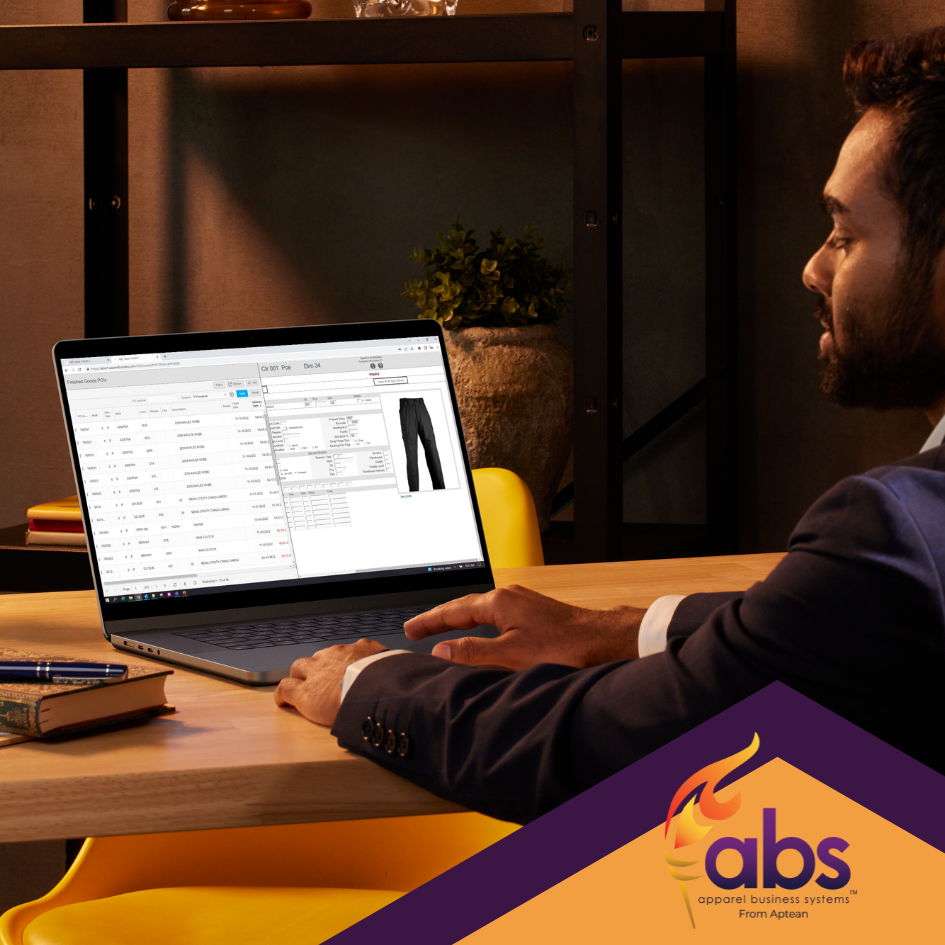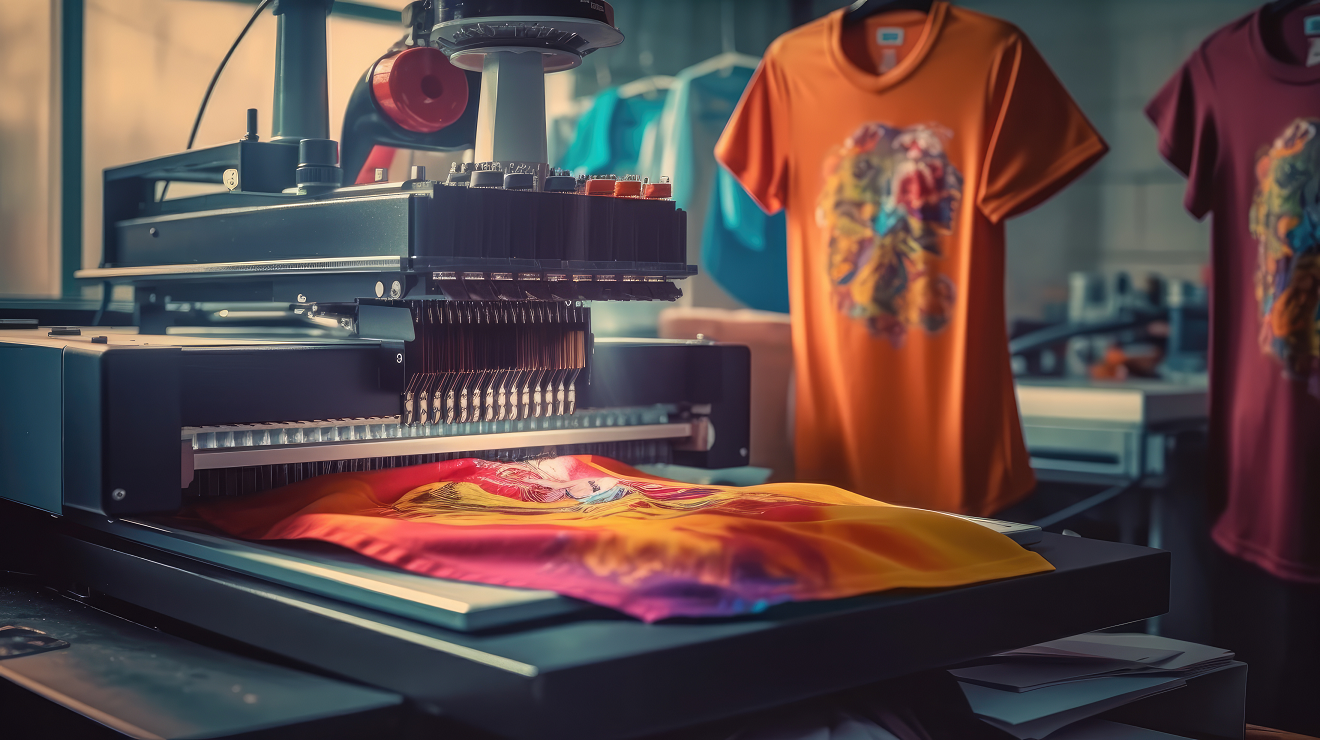Introduction to Apparel Software in Workwear Evolution
The integration of fashion erp software in the workwear industry marks a pivotal shift from manual, labor-intensive processes to streamlined, technology-driven solutions. Apparel software optimization encompasses everything from design and prototyping to inventory management and customer interaction, offering a holistic approach to modernizing workwear for various industries. This technological leap bridges the gap between traditional workwear's functional roots and the dynamic demands of modern fashion and workplace requirements.
Historical Context and the Role of Technology
Historically, workwear was designed with a sole focus on durability and protection. Today, apparel software brings a new dimension to this sector by introducing precision in design, efficiency in production and supply chain, and customization for end-users. Technologies such as CAD (Computer-Aided Design) systems, apparel ERP (Enterprise Resource Planning) software, and CRM (Customer Relationship Management) platforms are pivotal in this transformation, enabling brands to innovate while maintaining the essence of workwear's rugged appeal.
Enhancing Functionality with Apparel Software
Functionality remains the cornerstone of workwear. Apparel software optimization ensures that functionality does not compromise innovation. Advanced design software enables designers to simulate real-world conditions, testing the durability, comfort, and protective features of materials and designs before moving to production. This preemptive approach significantly reduces waste and ensures that the final product truly meets the needs of its users.
Fashion Meets Function: A Software-Driven Design Approach
Incorporating workwear into the apparel and fashion industry involves a delicate balance, which is where apparel software shows its strength. By leveraging 3D modeling and virtual fitting rooms, designers can experiment with styles, fits, and colors without producing physical samples, speeding up the design process and reducing resource consumption. This approach allows for a rapid response to fashion trends while maintaining the workwear's practical essence.
Success Stories of Brands Embracing Apparel Software
Leading workwear brands like Dickies and Timberland have harnessed the power of apparel software to expand their offerings. These brands use software to streamline their supply chains, from raw material sourcing to final product delivery, ensuring quality and sustainability. Furthermore, by utilizing data analytics, they can predict trends, optimize inventory levels, and personalize marketing strategies, appealing to both traditional workwear users and the fashion-conscious public.
The Impact of Software on Professional Wardrobes
Apparel software optimization is not just about enhancing the production process; it's also about redefining the role of workwear in professional wardrobes. Software-driven customization tools allow individuals to tailor their workwear not just for fit but for function, selecting specific features that meet their daily job requirements. This personalized approach extends the life of garments and reduces the need for frequent replacements, aligning with sustainability goals.
The Future of Workwear: Smart Fabrics and IoT Integration
As we envision the future landscape of workwear, it is becoming increasingly clear that the key to unlocking the full potential of smart fabrics and IoT devices lies in the sophisticated integration offered by apparel ERP software. This advanced software acts as the critical link that optimizes the functionality of IoT within workwear, enabling a suite of features such as improved safety mechanisms, production planning, and inventory control for enhanced training and support. The role of apparel ERP software becomes indispensable in this context, serving as the backbone that not only manages but also maximizes the accessibility and user-friendliness of these cutting-edge technologies, ensuring they seamlessly blend into the fabric of everyday work attire.
Safety Wear and PPE: A Priority for Apparel Software
In industries where safety is paramount, such as construction, manufacturing, and healthcare, PPE is essential. Apparel software aids in designing PPE that not only meets rigorous safety standards but also incorporates user feedback to improve fit and comfort, thus encouraging compliance. For instance, software can simulate the stress points on high-visibility vests to ensure they maintain their integrity and visibility even after extended wear.
Customization and Compliance in Work Uniforms
Work uniforms serve to create a cohesive brand image and ensure employees are easily identifiable in apparel management. Apparel software facilitates the customization of these uniforms not just in terms of branding but also in ensuring they meet industry-specific regulations. For example, in the food service industry, apparel software helps design uniforms that are not only visually appealing but also meet hygiene standards, using materials that are easy to clean and maintain.
Sustainability and Ethical Production: Software's Role
Sustainability is a growing concern in the apparel industry, and workwear is no exception. Apparel software helps brands adopt more sustainable practices, from reducing waste in the design phase to managing more efficient, transparent supply chains. Additionally, software solutions facilitate ethical production practices by ensuring compliance with labor standards and environmental regulations, offering a clear traceability path from material sourcing to finished product.
Incorporating Workwear into Modern Lifestyles
The versatility of modern workwear, supported by apparel software, means that it seamlessly integrates into various lifestyles for fashion brands. Software-driven design and production processes allow for the creation of workwear that is not only functional in a professional setting but also stylish and comfortable for everyday wear. This adaptability reflects a broader trend towards versatile, durable clothing that meets the needs of a diverse range of consumers.
Exceeding with The Synergy of Apparel Software and Workwear
In conclusion, apparel software optimization is reshaping the workwear industry for apparel and footwear brands, blending traditional values of durability and functionality with modern demands for style, customization, and sustainability for the fashion and apparel industry, too. As technology continues to advance, the possibilities for innovation in workwear are boundless, promising a future where workwear is not just about meeting the basic needs of physical labor but also about embracing the potential of smart, sustainable fashion. The evolution of workwear, driven by apparel software, reflects a broader movement towards a more efficient, ethical, and customer-centric apparel industry, setting new standards for what workwear can be in the 21st century.
Elevating Fashion with ABS: The Premier Apparel Management Software Solution
In the ever-evolving world of apparel and fashion, staying ahead of technological advancements and industry demands is paramount. Apparel Business Systems (ABS) ERP and warehouse management software emerges as the leading solution, uniquely designed to meet the intricate needs of apparel and fashion companies. With its robust features tailored for optimizing business processes, from design through production to distribution, ABS stands out as the cornerstone for apparel manufacturers and distributors aiming to harness the power of apparel ERP software and IoT integrations. It streamlines processes, enhances decision-making, and opens up new possibilities for innovation and sustainability.
By choosing ABS, companies not only invest in the efficiency and scalability of their operations but also position themselves at the forefront of the digital transformation in the fashion industry. Embrace ABS to turn challenges into opportunities and drive your business towards unparalleled success in the competitive workwear landscape.
Contact us to learn more or schedule a complimentary demo of our solution!
We will get back to you as soon as possible.
4325 Alexander Drive, Suite 100
Alpharetta, GA 30022-3740
Apparel Business Systems | All Rights Reserved












